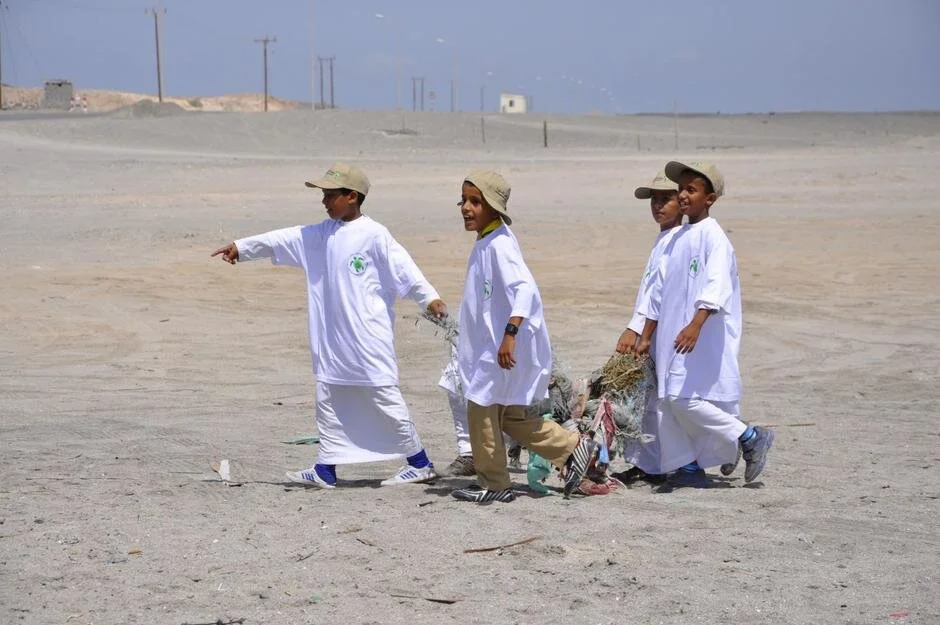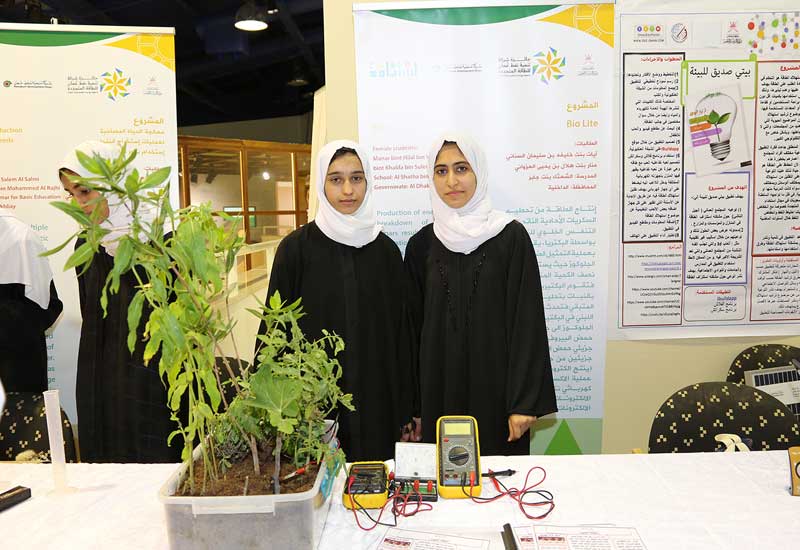Education is more than just learning subjects; it is about shaping young minds to become responsible citizens of tomorrow. In Oman, the concept of green schools is growing rapidly, bringing both education and environmental awareness into harmony. Green schools are not just classrooms with walls; they are living examples of sustainability, designed to inspire children to care for the Earth while learning valuable life skills. As the world faces pressing environmental challenges, Oman is embracing this movement and planting seeds of change in its schools.
The Idea Behind Green Schools
The main idea of a green school is to create an environment where learning and sustainability go hand in hand. Students are encouraged to understand the importance of nature, reduce waste, save energy, and promote eco-friendly habits. Schools become centers of innovation, where children learn about recycling, renewable energy, and conservation in practical and engaging ways. In Oman, this movement reflects the country’s vision to connect development with environmental protection. By making students aware of the Earth’s fragility, green schools prepare them to take part in building a cleaner and more sustainable society.
Building Environmental Awareness Among Students
One of the strongest impacts of green schools is the rise of environmental awareness among young learners. In a traditional school, children may study topics about the environment only from textbooks. But in a green school, they live and practice these lessons every day. For example, students may be involved in planting trees, maintaining school gardens, managing waste separation, or even monitoring water usage. These small steps create habits that stay with them for life. Environmental awareness becomes second nature, and young people begin to influence their families and communities.

Green Schools as Role Models
Green schools act as role models for the larger society. They show that living sustainably is not only possible but also practical and enjoyable. When a school uses solar panels to generate energy or sets up a rainwater harvesting system, it demonstrates real-world solutions to environmental challenges. Students see technology and nature working together, giving them confidence that they too can be part of the solution. Such schools inspire neighboring communities and set examples for businesses, organizations, and even households.
Eco-Friendly Practices in Omani Schools
In Oman, many schools are embracing eco-friendly practices as part of their daily routines. Waste management programs encourage recycling of paper, plastic, and cans. School gardens are used not only for science lessons but also for teaching teamwork and responsibility. Energy-saving measures like switching to LED lights, using natural ventilation, and educating students about turning off unused devices make a real difference. Even small initiatives, like banning single-use plastics on school grounds, have a significant impact when practiced consistently.
Teachers as Environmental Mentors
Teachers play a vital role in the green school movement. They are more than instructors; they become mentors guiding students toward sustainable choices. By embedding environmental lessons in subjects like science, geography, and even art, teachers create a culture where students constantly think about the Earth. They also act as role models by practicing eco-friendly habits themselves. When a teacher chooses to use less paper, carries a reusable water bottle, or encourages walking instead of driving, students notice and follow. This creates a ripple effect that extends far beyond the classroom.
Involving Parents and Communities
Green schools in Oman are not limited to students and teachers alone. Parents and communities are also actively engaged in this journey. Many schools organize environmental days, recycling drives, or awareness campaigns that invite parents to participate. This creates unity between the school and the community, ensuring that eco-friendly practices are continued at home. Communities become more conscious about energy use, water conservation, and waste reduction. In this way, green schools become hubs of social transformation.

The Role of Technology in Green Schools
Technology has also become a key partner in Oman’s green schools. Smart systems help monitor energy use, water consumption, and air quality. Digital platforms reduce the need for paper, replacing notebooks and printed materials with tablets and online learning tools. Students are encouraged to use apps that track their eco-friendly habits, making sustainability fun and interactive. By combining technology with traditional practices, Omani schools show that modern education and environmental responsibility can progress hand in hand.
Inspiring Future Leaders
One of the most important outcomes of green schools is the development of future leaders who value sustainability. Students who grow up in eco-friendly environments naturally become ambassadors of the Earth. They may go on to pursue careers in renewable energy, environmental sciences, urban planning, or sustainable business. Even if they choose other paths, their values remain rooted in responsibility toward nature. Oman is shaping a generation that not only dreams of a better future but also actively works to create it.
Challenges and Opportunities
While the movement toward green schools in Oman is promising, it also comes with challenges. Implementing eco-friendly infrastructure can be costly, and changing habits requires patience and persistence. Some schools may lack resources, while others may struggle to convince parents and students about the importance of sustainability. However, these challenges also open doors to opportunities. Partnerships with local businesses, government support, and innovative low-cost practices can help overcome these hurdles. Each small step forward creates a bigger impact, proving that progress is possible even with limited means.
The Long-Term Vision
Green schools are more than just a trend in Oman; they are part of a long-term vision for the nation’s growth. By investing in children today, Oman is investing in a future that is cleaner, healthier, and more sustainable. Schools are planting not only trees but also values of respect, responsibility, and resilience. The vision is not just about protecting the environment but also about creating happier and healthier communities. When children grow up in schools that value nature, they grow into adults who protect it.
Conclusion
Green schools in Oman represent hope, responsibility, and progress. They show that education can be more than textbooks and exams; it can be a living journey that prepares children for real-world challenges. By promoting environmental awareness, schools are shaping future leaders who will safeguard the planet for generations to come. The classrooms of today are becoming gardens of tomorrow, filled with students who dream of a greener, cleaner, and brighter Oman. The journey is still unfolding, but the direction is clear: Oman is building a sustainable future, one green school at a time.
Do follow Gulf Magazine on Instagram.
Also Read – Inspiring Growth: How Omani Schools Empower Students Through Sports



